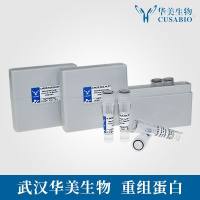Bioassays of Quorum Sensing Compounds Using Agrobacterium tumefaciens and Chromobacterium violaceum
互联网
互联网
相关产品推荐

Recombinant-Sensor-histidine-kinase-QseEqseESensor histidine kinase QseE EC= 2.7.13.3 Alternative name(s): Quorum-sensing regulator protein E
¥12740

铁;7439-89-6;puriss. p.a., ≥99.5%(RT), carbonyl-Iron powder, low in magnesium and manganese compounds;V32724-100g
¥328

Recombinant-Pig-Extracellular-calcium-sensing-receptorCASRExtracellular calcium-sensing receptor; CaSR Alternative name(s): Parathyroid cell calcium-sensing receptor; PCaR1
¥10626

Quorum Sensing-IN-3;5005-14-1;≥98%;V39488-1mg
¥2930

Quorum sensing-IN-3,5005-14-1
¥5170

